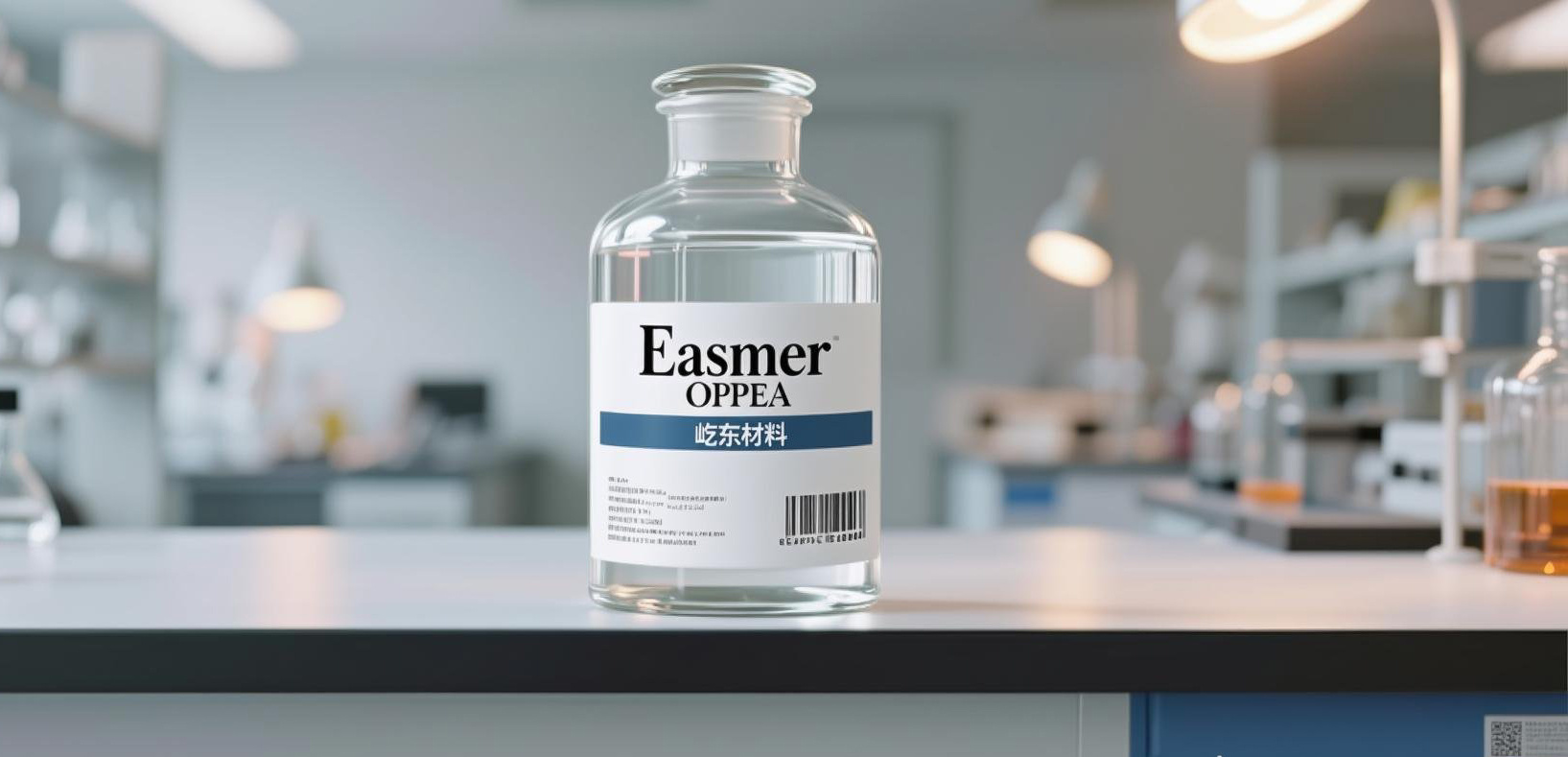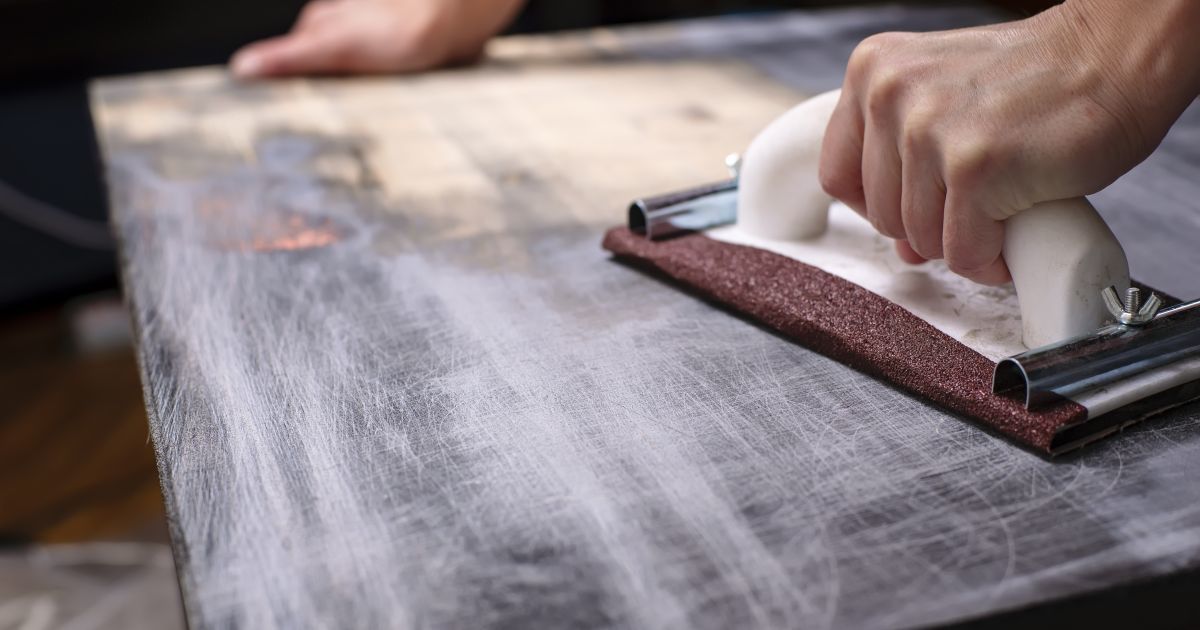“Abrasion Resistance, Scratch Resistance, and Mar Resistance” Properties of Coatings: A Comprehensive Analysis
Release time:
2025-08-04
In demanding fields such as industrial coatings, wood lacquers, automotive paints, and 3C coatings, abrasion resistance, scratch resistance, and mar resistance often determine the lifespan and appearance retention of the coating. While these three properties are often mentioned together, they have different causes, testing methods, and formulation optimization strategies.
1. Definitions and Key Differences
Abrasion Resistance: This reflects a coating's ability to remain intact under repeated friction or wear, and is more related to macroscopic mechanical loss.
Scratch Resistance: This refers to the coating's ability to resist the formation of scratches when a sharp object applies localized pressure. It focuses on the resistance to instantaneous concentrated stress.
Mar Resistance: This is the ability of a coating to maintain its gloss and smoothness under light friction or indentation. It is often used to evaluate the aesthetic durability of high-gloss paints and piano finishes.
From a mechanistic perspective:
Abrasion resistance depends on the balance between the overall toughness and hardness of the coating.
Scratch resistance is primarily determined by surface hardness and the elastic modulus of the coating.
Mar resistance is closely related to the plastic deformation capacity and recovery of the coating's surface layer.
2. Overview of Performance Evaluation Methods Common standardized testing methods in the coatings industry include:
Taber Abraser (ASTM D4060): Evaluates the abrasion resistance of the coating.
Pencil Hardness Test (ASTM D3363): Assesses the scratch resistance level.
Steel Wool Rubbing / Crockmeter Test: Often used for preliminary evaluation of mar resistance.
International standards like ISO 19252 and ISO 1518 have also been developed recently for the quantitative assessment of scratch and mar properties.
These tests provide a scientific basis for product development and are crucial metrics for customer acceptance and quality control.
3. Factors Influencing Coating Resistance (1) Resin Base The base resin of the coating is fundamental in determining the abrasion and scratch resistance of the film. Common choices include:
Acrylic Resins: High hardness but relatively brittle, suitable for applications with high scratch resistance requirements.
Polyurethane Resins: Offer a good balance of hardness and flexibility, suitable for systems requiring both abrasion and mar resistance.
Epoxy Resins: Extremely high hardness, but lacking in toughness, making them prone to cracking and unsuitable for applications requiring repeated flexing.
(2) Cross-linking and Cross-linking Structure Increasing the cross-linking density or using hard-segment structures with higher crystallinity (such as HDI trimers, IPDI modified) can effectively improve hardness and scratch resistance. However, excessive cross-linking can make the coating brittle, affecting its impact resistance.
(3) Additives and Fillers
Hard inorganic micronized powders (SiO₂, Al₂O₃, TiO₂): These form a microscopic "hard barrier" when dispersed on or near the coating surface, improving scratch and mar resistance.
Waxes (PTFE, PE wax): Reduce the surface friction coefficient, which lessens the formation of mar marks.
Silane coupling agents: Promote the bonding between inorganic powders and the resin interface, reducing powder detachment and improving long-term abrasion resistance.
(4) Film Thickness and Application Process
A coating that is too thin can be easily penetrated by sharp objects, leading to scratches.
The uniformity and leveling of the spray application affect the surface smoothness, which in turn impacts mar resistance.
4. Formulation Design and Modification Strategies Based on different application scenarios, the following formulation optimization strategies can be adopted:
✅ Industrial Protective Coatings: Prioritize high-cross-linking polyurethane or polyurea systems, supplemented with nano-SiO₂ composite fillers to enhance abrasion resistance.
✅ Wood Lacquers/Floor Coatings: Use acrylic-polyurethane block copolymers that balance hardness and flexibility, along with micronized wax additives, to improve scratch and mar resistance.
✅ 3C Coatings/Piano Finishes: Design the topcoat with a UV-cured acrylic system with hardness greater than 2H (such as multi-functional PUA). Control surface hardness by adjusting the photocross-linking density and add ultra-fine PTFE wax to ensure the high-gloss coating is less prone to mar marks.
5. Examples of Typical Modified Products
Evonik ACEMATT® OK520: A silica matting agent specifically for matte coatings that improves the feel and also enhances abrasion resistance.
BYK-Cera® series micronized waxes: Improve mar resistance while ensuring a smooth surface feel.
Easmer UA8915: A fifteen-functional UV acrylate with excellent hardness and abrasion resistance, suitable for 3C product topcoats.
6. Key Technical Summary Abrasion resistance, scratch resistance, and mar resistance are three performance indicators that are interconnected yet distinct. Formulation optimization requires a comprehensive trade-off between resin hardness, flexibility, cross-linking degree, and additive types based on the target performance. The glass transition temperature (Tg) of the resin is a core parameter for adjusting hardness and flexibility. The synergistic use of nano-inorganic fillers and micronized waxes can both increase surface hardness and improve mar recovery. A proper application process (uniform spraying, good leveling) is the final step in translating an excellent formulation into actual performance.
Conclusion Abrasion, scratch, and mar resistance are essential core indicators for modern high-performance coatings. With advancements in materials science and surface engineering technology, future formulation designs will increasingly incorporate cutting-edge techniques such as nano-composites and intelligent self-healing to meet the extreme durability demands for coatings on electronic products, automotive interiors and exteriors, and industrial equipment.
Abrasion Resistance
Latest News
Get a Free Consultancy
NANTONG EASTO MATERIALS TECHNOLOGY CO.,LTD.

No.118,Zhujiang Rd.,Juegang St.,Rudong County,
Nantong City,Jiangsu Province,226400,China




 2025-08-04
2025-08-04







